The idea of the strongest class in Baldur’s Gate 3 is something that is somewhat open to interpretation. For the purposes of this article, I am going to talk about the class that can just get the most done in combat. Yes, BG3 offers amazing roleplay possibilities, but it also lets us put boot to cheek on a regular basis, so let’s talk about who can kick the most ass.
What is the strongest class in BG3?
Baldur’s Gate 3 is largely based on the Dungeons and Dragons system, which means that much of the knowledge from that game is transferable. The part that folks don’t often realize about the game is that it can’t possibly contain everything from the sprawling tabletop system and the endless books that have been added to it over time. So, let’s dive in and figure out which class can carry the hardest in the system that Larian Studios has given us.
5 – Sorcerer
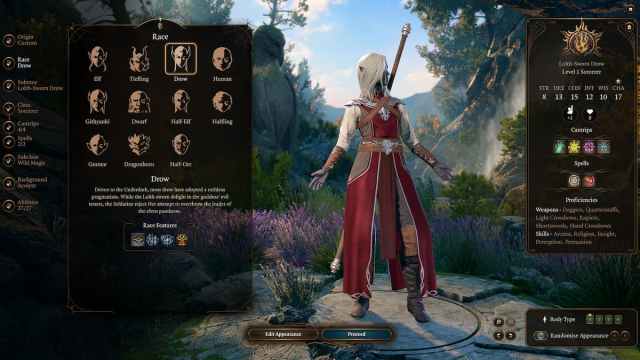
Sorcerers are an odd bunch who very much fall into the class cannon category of characters. If you are confident that you can read a battlefield and position well, few classes can put out the kind of damage that Sorcerers can get up to. Keep enemies off them, and it is likely that a Sorcerer can clear house faster than any other class after they get a few levels on them.
There is a learning curve, and you cannot play them like other casters and expect to get the most for them, but their damage potential just makes them hugely attractive if you like to watch enemies freeze, burn, or sizzle.
4 – Cleric
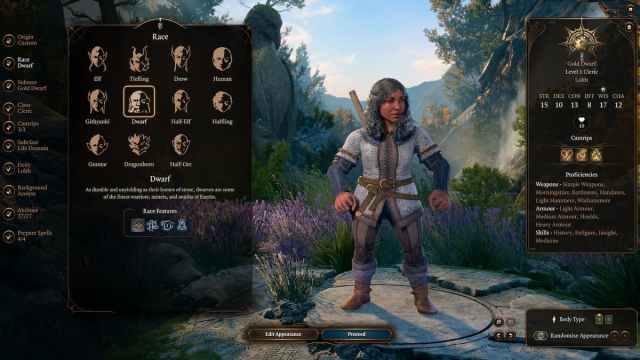
Few classes allow you to mess up quite as hard as the Cleric and get away with it. Eventually, you are going to reach a point in the game where you realize the most important thing to be able to do is simply heal damage in combat. Nobody can do that quite like a cleric. A Life Domain Cleric will get access to all manner of heals, and those heals will be buffed just because they are cast by the Cleric.
You also get the Preseve Life ability at level two, allowing you to heal everyone within 30 feet. Keep a Cleric in the heart of the pack, and they can heal themselves or anyone else and keep the fight going. It’s an extremely forgiving class, especially as you learn to play the game.
3 – Paladin
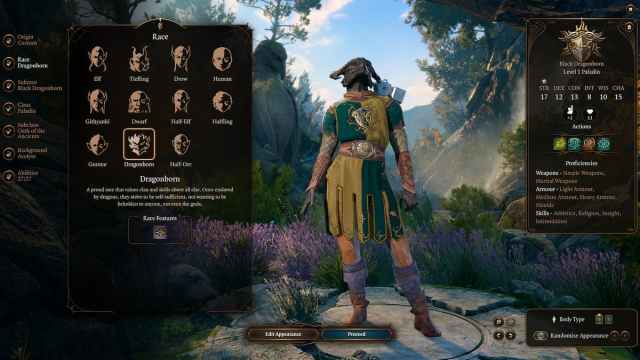
Heals, armor, damage, and usually a good lore reason to hit things with a mace or large hammer. Paladins can be quite forgiving, allowing you to make mistakes with position or even enemy choice and not pay too badly for it. One of the best things about the Paladin is that you can really lean into making them a specialist at whooping the undead. This will prove to be very useful in the campaign.
Paladins can also buff others, heal, and generally turn the tide of battle. The class can also lead to some Oathbreaker-style fun. Break your Oath, and you’ll be able to leave the pretense that you cared about the Oath in the first place and just get down to some proper ass-kicking.
2 – Fighter
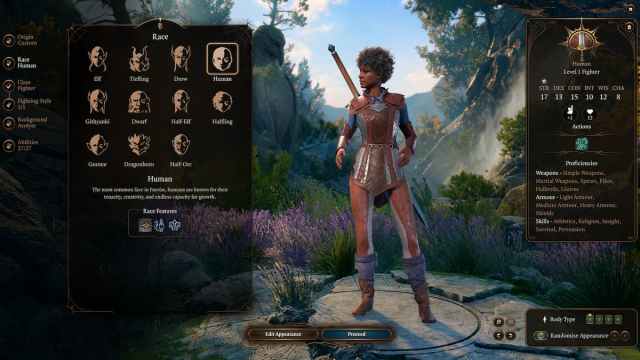
Fighters are extremely versatile, despite having such a heavy focus on melee. They are arguably the most technically proficient warriors in the game. They fight with skill and nuance, cutting down enemies and surviving the kind of damage that would fell other classes. Being able to run good armor, big weapons, sneaky heals from Second Wind, and sneakier additional actions from Action Surge mean you can count on a Fighter to perform well in a clutch situation.
Fighters are also very versatile and are proficient with simple and martial weapons, light, medium, and heavy armor, and even shields. If you want to wield a massive two-handed axe or go sword and board style, then the Fighter is for you. Eventually, Fighters can get access to Battle Master moves that will allow them to really have a direct influence on the battlefield. You can set up moments of Advantage for you or party members, do extra damage, distract enemies, or inspire party members to go above and beyond.
The Fighter is fantastic for anyone looking to really take advantage of smaller opportunities and turn them into fight-winning moments.
1 – Barbarian
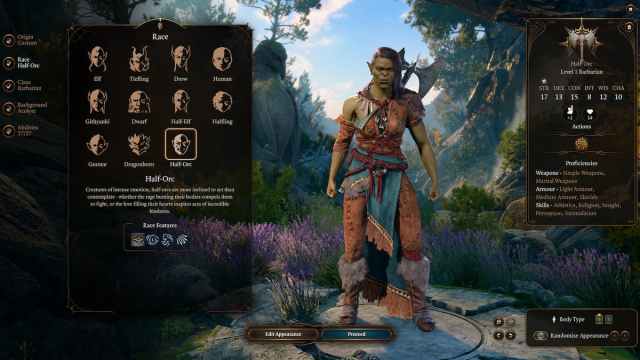
The strongest class in Baldur’s Gate 3 is the Barbarian. No one else can tank as hard, hit as hard quite as often, play as recklessly, and still laugh their way to victory. I might be biased, as I spent nearly four years playing a tabletop campaign with my Half-Orc Barbarian, Greenbone. Even with that in mind, the Barbarian in BG3 is ludicrously strong.
The heart of a game like this is positioning, resource management, health management, and forethought. The Barbarian doesn’t give a damn about any of that. They move forward, and they hit things until they stop twitching. They Rage for extra damage and durability, and they don’t stop until everything is dead. Tactical decisions boil down to “who gets hit first.” While you fiddle about with the rest of your party, your Barbarian can act like a one-warrior wrecking ball, making sure the poor AI doesn’t know what to do other than struggle to survive. Backing up a Barbarian with a semi-competent party will yield great results, and they make the ideal tactical fulcrum for players who really just don’t want to have to get too complex with their game plan.
Bring some heals, ranged physical damage, and a caster to back them up, and your Barbarian will do things that Bards will end up singing about for years to come.
Some notes on the concept of class strength
An important thing to keep in mind is that unless you want to run the game as a lone wolf, you will have a party. This means a total of four characters to back each other up, with plenty of options for how you build all of them. You don’t need to rely on a single class to get the job done and can develop four or more characters that complement each other well.
I have also largely focused on combat prowess for this list and how easy it is to be effective with these classes. I’ve almost made a large allowance for how forgiving I think they are. There is also the fact that any class, when played badly, is weak. The real trick is to find a class with a playstyle you love and learn how to play it well.
For a more nuanced view of what makes a great class, be sure to check out our Baldur’s Gate 3 class tier list. This takes into account all elements of the game, including all the important stuff that happens outside of combat, such as the ability to talk to NPCs, dialogue options, and all the rest of that good stuff.
Others Asked
What is the strength of the Monk class in Baldur’s Gate 3?
The Monk class in Baldur's Gate 3 provides massive damage to their unarmed attacks via buffs.
What are some challenges players face when choosing to play as a Cleric in Baldur's Gate 3?
One challenge players face when choosing to play as a Cleric is the presence of many sub-classes, making it difficult to find the best one, requiring extensive research on equipment, items, stats, races, and sub-classes, which might lead players to skip picking Clerics altogether.
What makes Fighters one of the most powerful classes in Baldur's Gate 3?
Fighters in Baldur's Gate 3 are powerful because they are versatile weapon-based damage dealers capable of using either Strength or Dexterity to excel in combat, whether as durable frontliners or deadly long-rangers. The best feats significantly improve their damage output and durability.


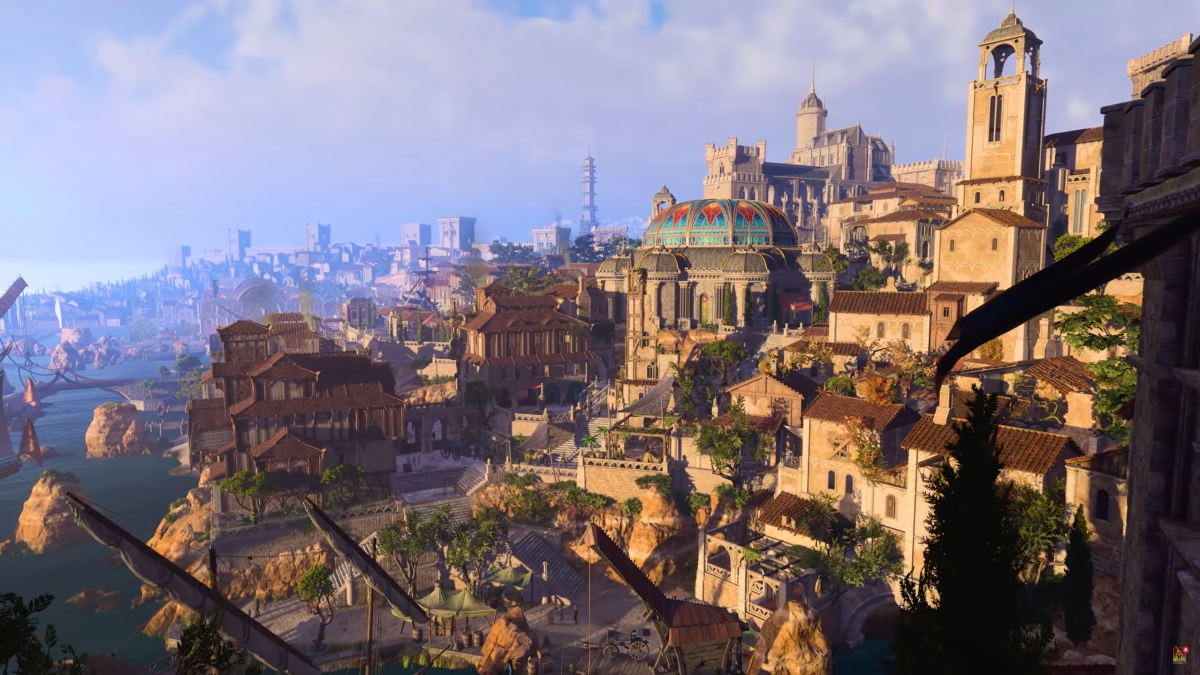
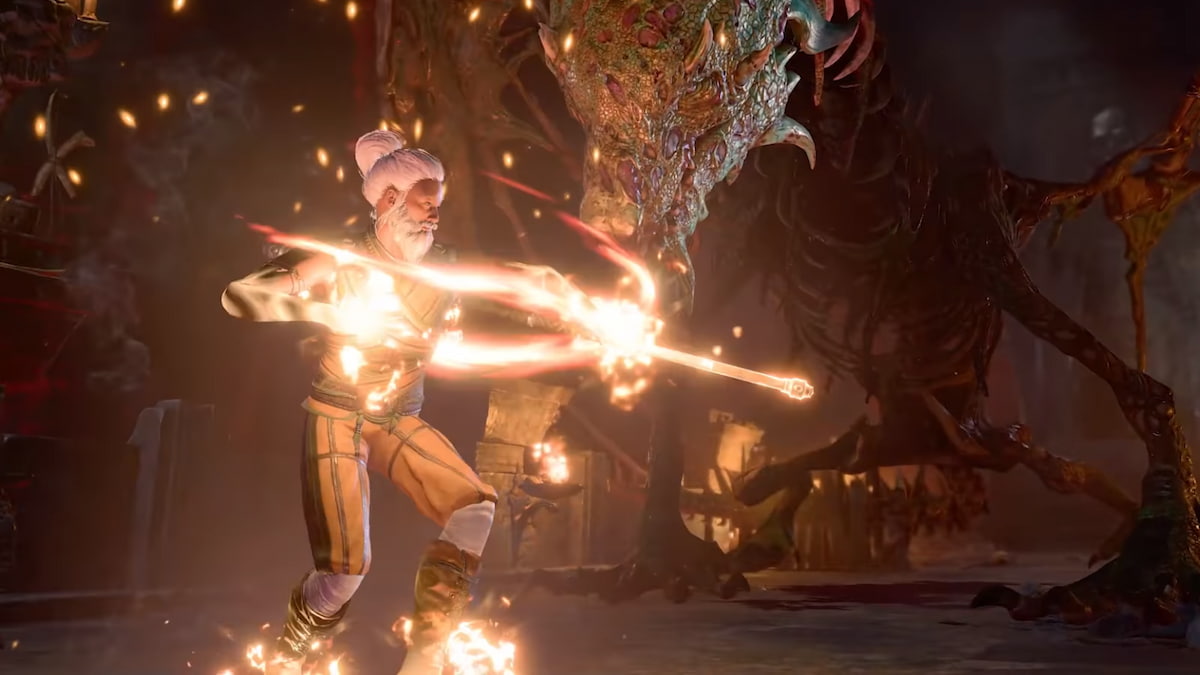
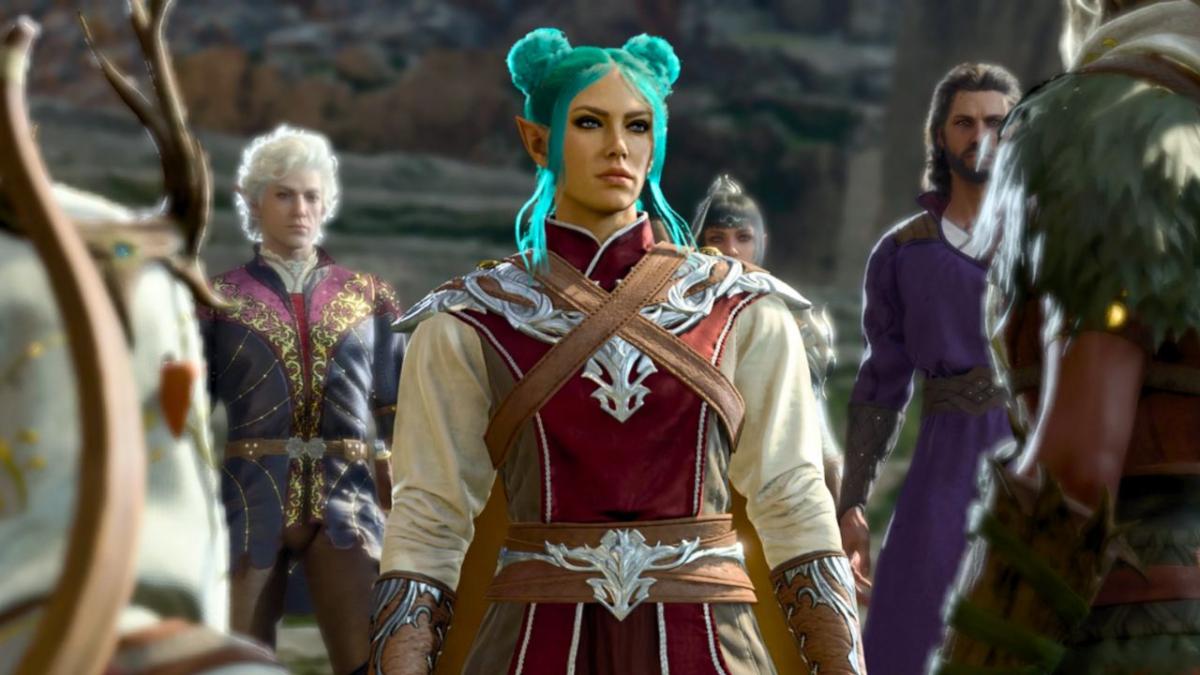
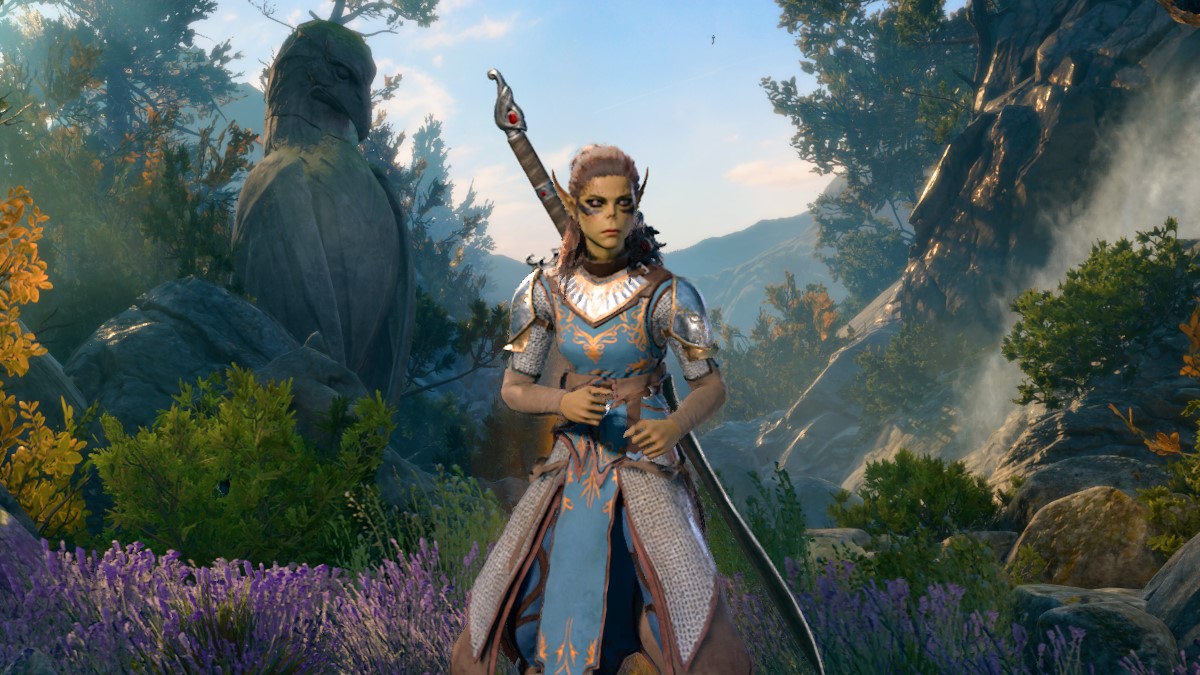
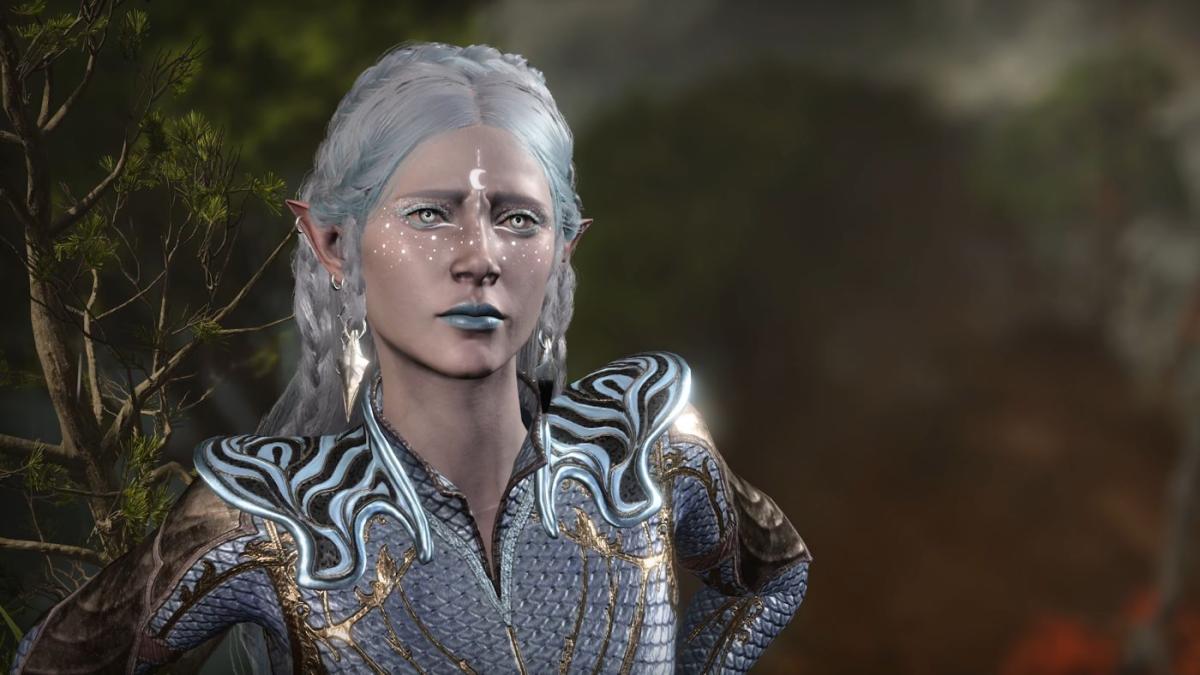

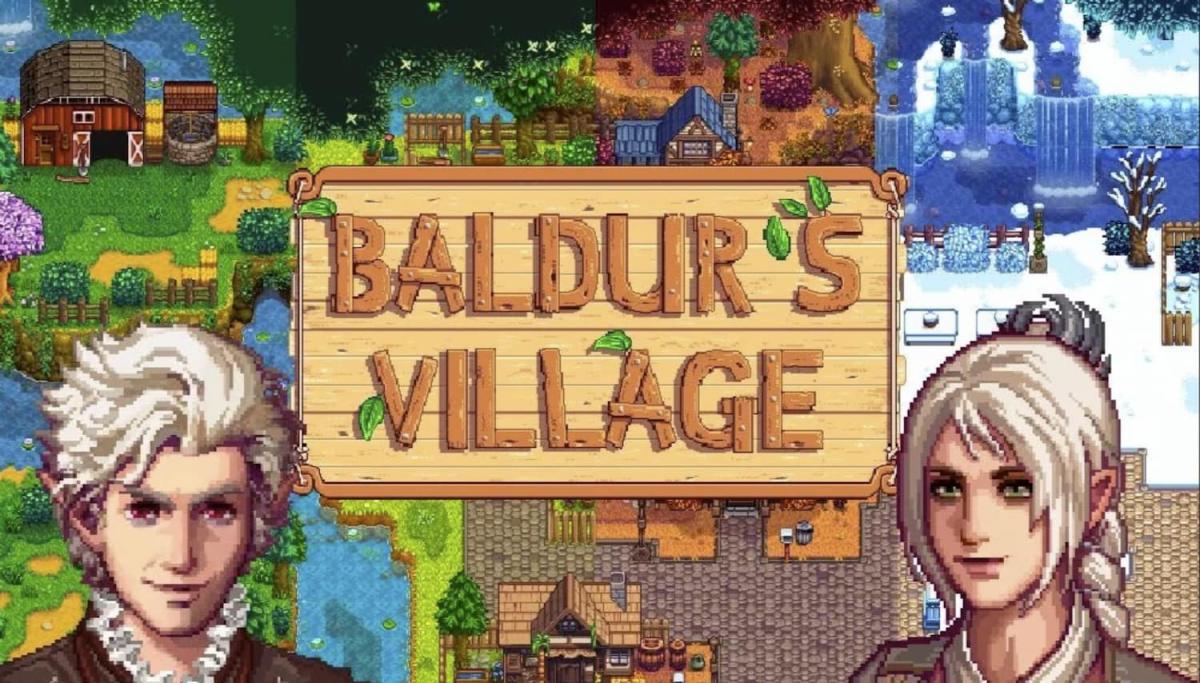
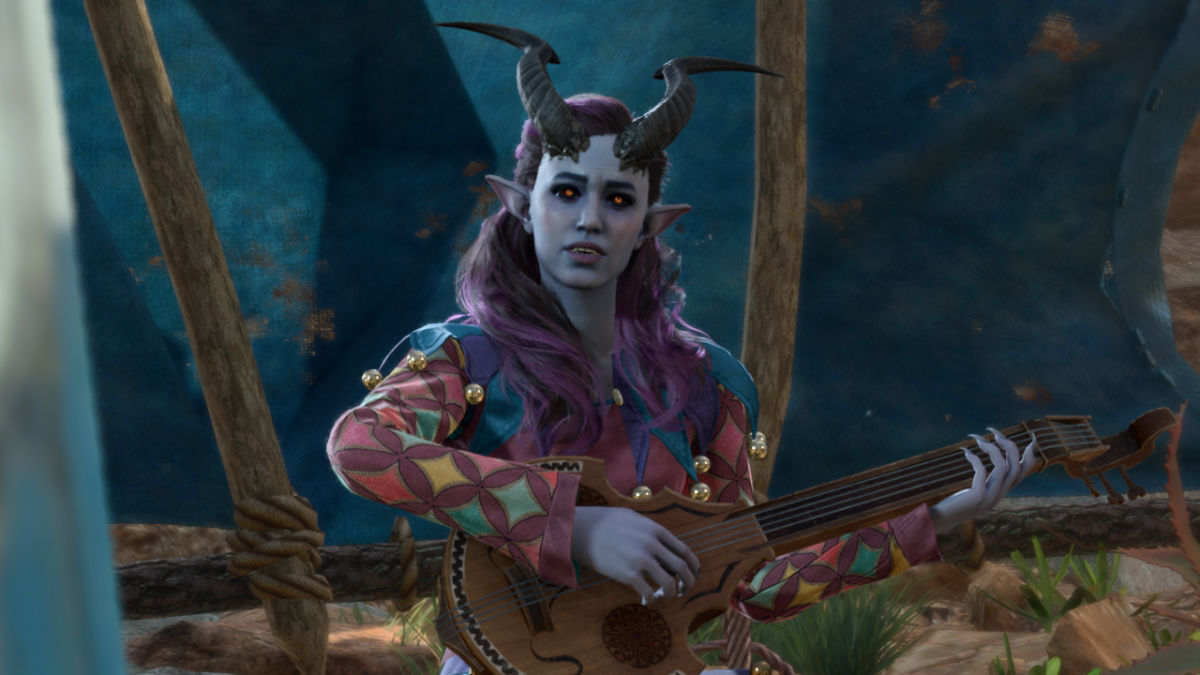
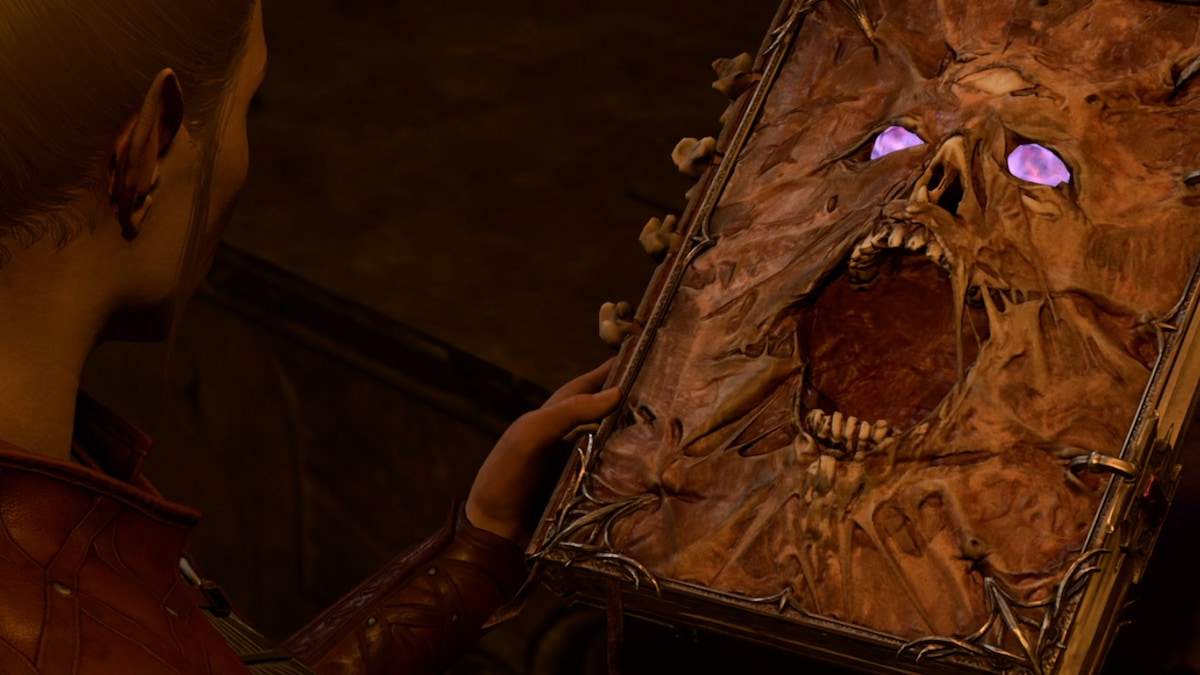

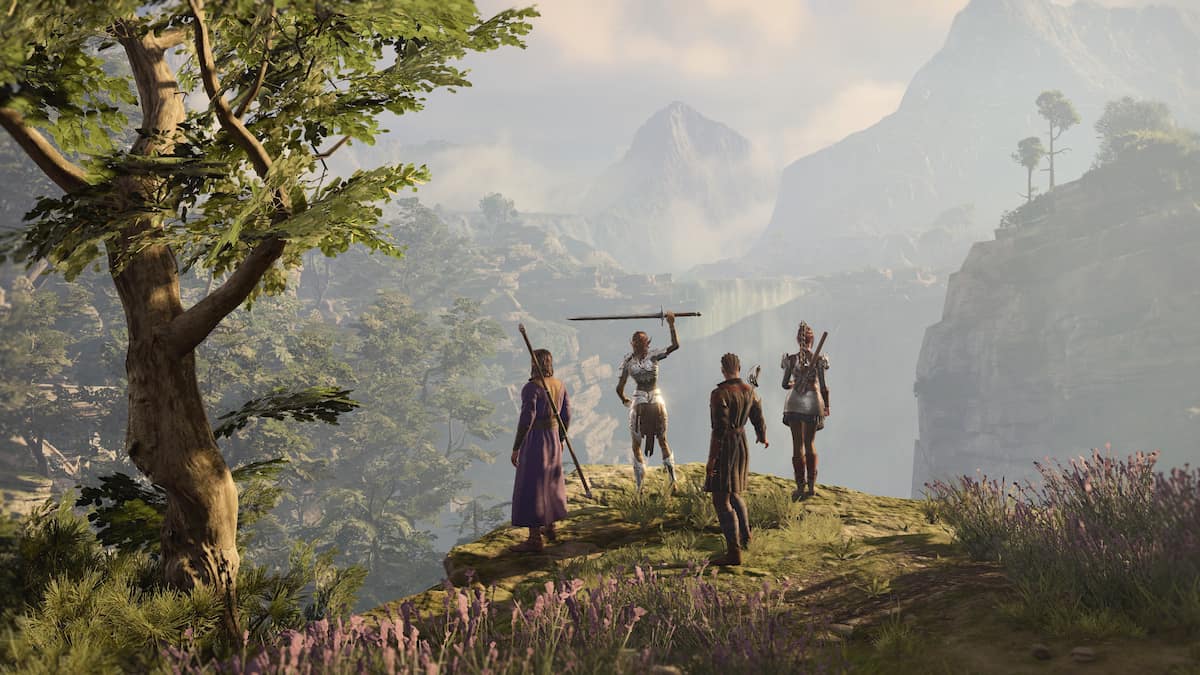
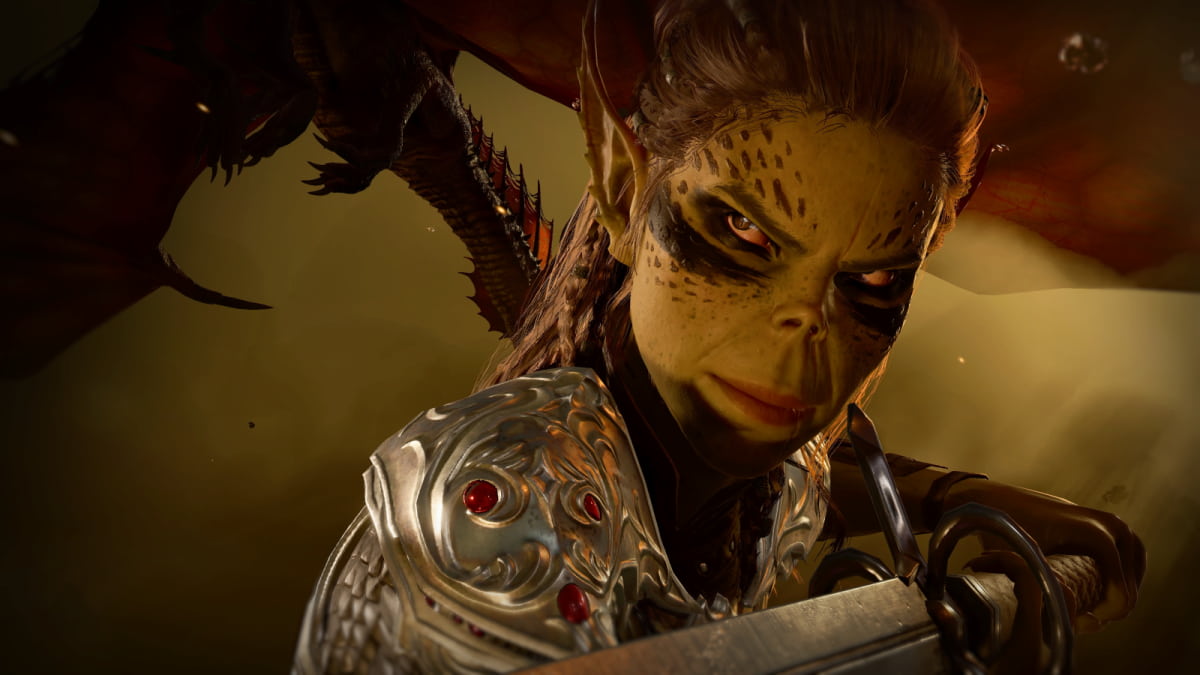
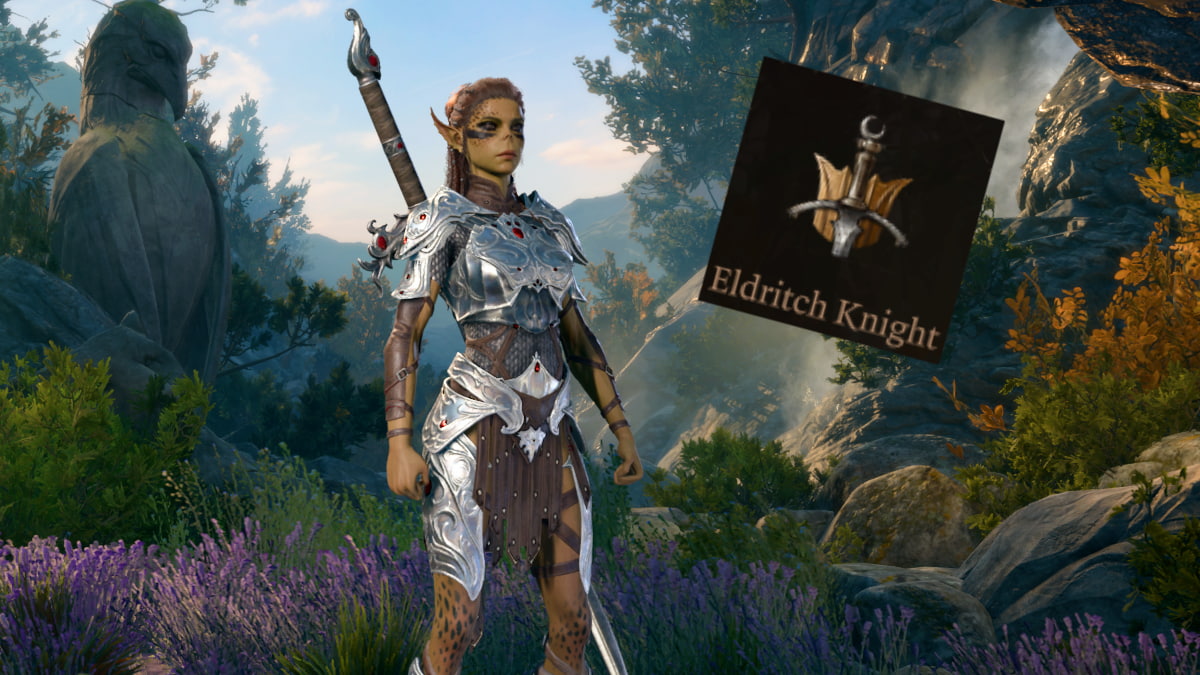

Published: Aug 6, 2023 07:48 am